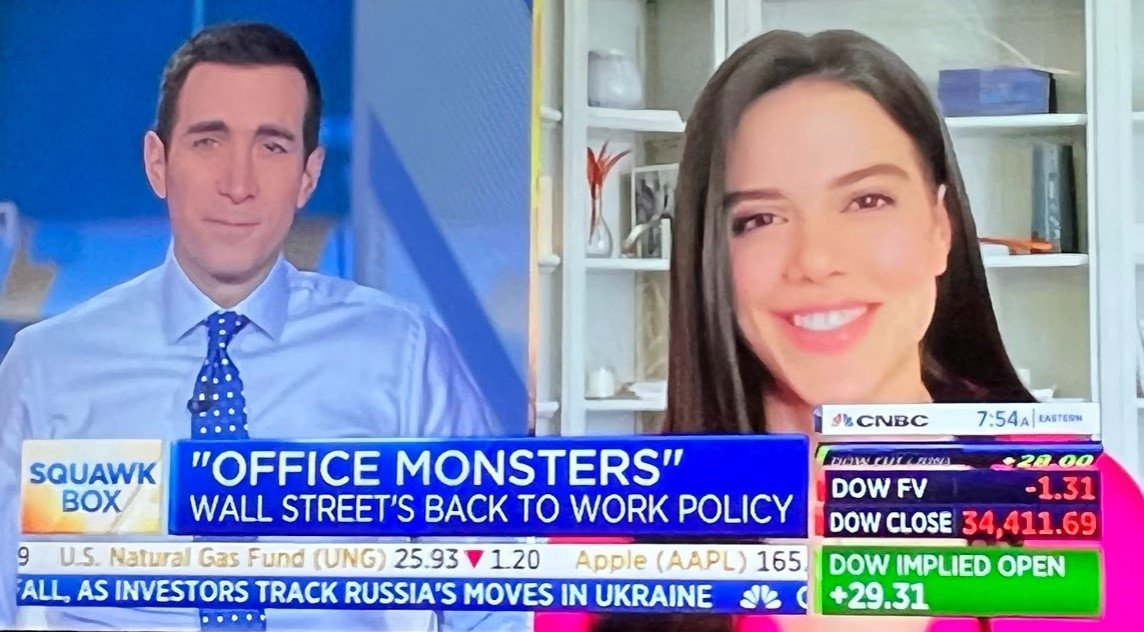Office Monsters or Culture Crusaders?
On CNBC they have run a few stories about Wall Street CEOs and their desire to have employees return to the office. There is definitely a conscious or unconscious bias in the story as they are painting the CEOs as cruel “monsters” for requiring employees to return to the office. This got me thinking, what if they referred to these CEOs as Office Culture Crusaders instead? Painting them as evil heartless leaders, who want to punish their employees by demanding that they be in the offices, is a mistake.
While working from home provides many freedoms and benefits, it is undeniable that comradery, workplace culture, and creativity have suffered because of the lack of in person interactions. I believe the Wall Street CEOs recognize the negative impact that remote work has had on their businesses. As inflation rises, the economy trends towards recession and employees continue to consider other job opportunities, these CEOs recognize the important role that company culture plays. Employees are much more engaged when they are working side by side with their peers and interacting socially in the break rooms, on elevators and in informal interactions. This is almost impossible to do remotely.
I believe that for most organizations, a return to the office is inevitable. There will be more room for hybrid work, and being in the office five days a week might not make sense, but being there at least one or more days a week will be extremely beneficial to both organizations and their employees. The way that a leader frames their desires has a big impact on how their employees respond. No one likes to be told what to do. People prefer encouragement and a well framed case for why they should do something. If CEOs want their employees back in the office, then entice employees to return to work. Google for example has partnered with Unagi an e-scooter maker for a new program called “Ride Soot” which will reimburse US employees for the monthly subscription cost of the scooter. This incentive is one way that companies can woo their employees back to the office. If CEOs focused on the positives of being back in the office, the impact on culture, the opportunity to connect with new colleague and to learn and develop, then more employees would embrace the return.
I started my career on Wall Street at Bear Stearns as a Management Trainee. The job was grueling at times, but we also had fun. I ate lunch with my teammates, spent time with managers and was exposed to senior level bankers. To make the long hours and demanding work more manageable the company provided us with dinner each evening that we worked past 6pm and a black car (town car) ride home if we stayed past 7:30pm. These were perks that were provided to offset the long hours. They were appreciated and sometimes abused as people stayed late for a free meal and transportation, but the company understood that it was important to have enticements.
I miss going to an office, the routine of it, the interactions with people from different departments and the opportunity to collaborate in person. It is my wish that CNBC would reframe the return-to-work argument and paint a positive message. The Office Culture Crusading CEOs, who want their employees back in the office, will motivate and excite their employees to return. Leave the monsters at home under the bed.



